Meet Carmen Nash — The Designer Infusing Storytelling Into "Emotional Objects That Are Cherished and Loved"
The African-American artist and Loft and Thought curator stepped into the design world as a vintage furniture reseller — today she weaves the folklore, heritage, and spirituality of her southern background into products that amplify her experiences
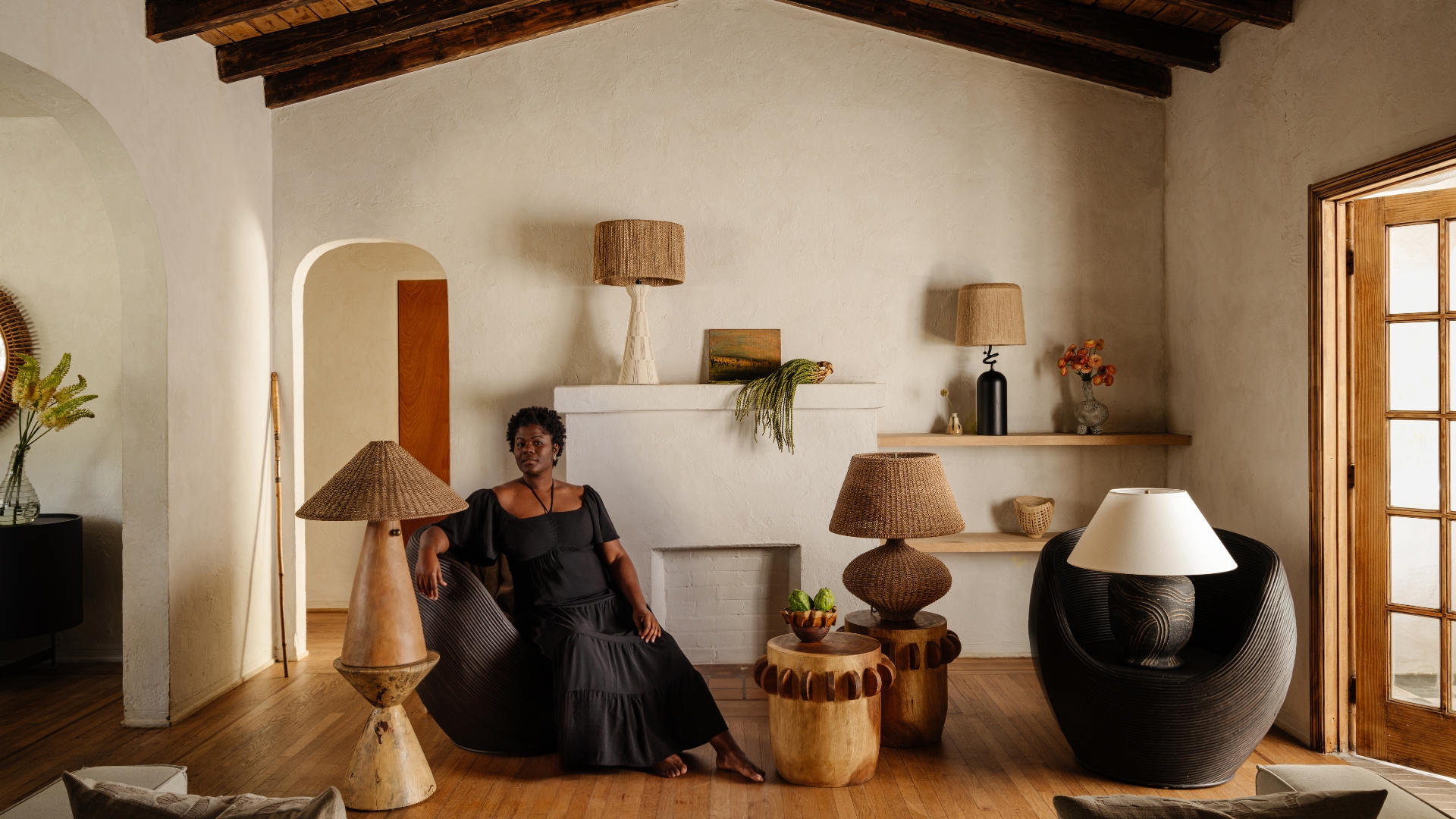
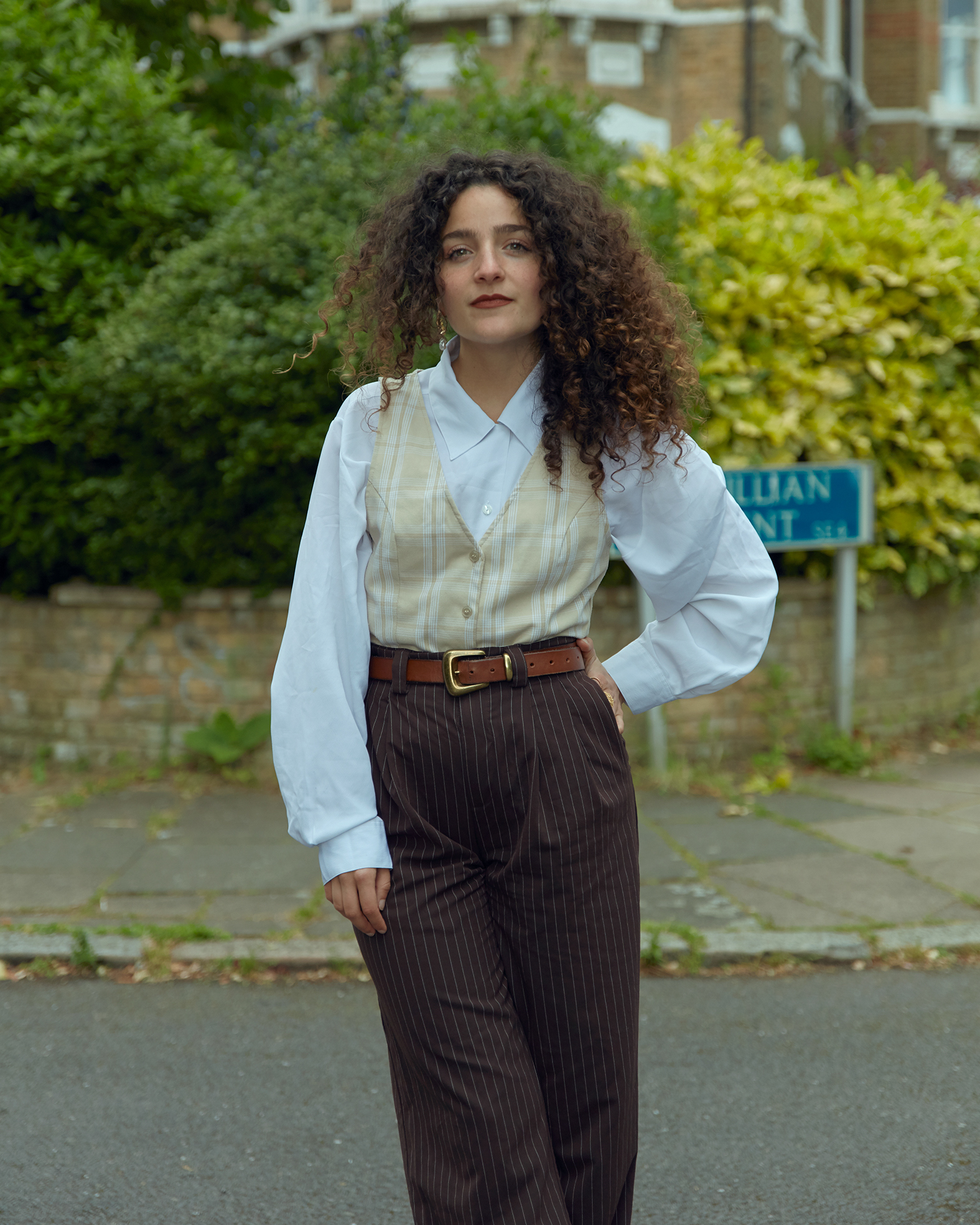
This month we are taking a moment to recognize the innovation brought about by contemporary craftsmen, makers, and emerging designers. Navigating an industry that prioritizes profit over quality, where cookie-cutter items are mass-produced at the expense of finish, originality, and the planet, artisans embody the emotional connection, human creativity, and resourcefulness necessary to deal with the challenges of today.
Personal memories and inspirations intertwine in Loft and Thought, the vibrantly curated vintage furniture Instagram platform Florida-based artist and entrepreneur Carmen Nash founded after giving birth to her first child in 2018. Driven by an appreciation for what she describes as a "folk aesthetic", the account juxtaposes sun-drenched snapshots of her latest homeware finds — deeply evocative chairs, tables, lighting, and collectibles coherently spanning organic, rustic, boho, and mid-century modern design — with photographs of her ancestors, children, and her younger self. This isn't a coincidence nor an empty attempt at making Loft and Thought, a growing community now followed by over 14 thousand followers, any more intimate than it already feels at first sight.
For Nash, a Black woman raised in America's South, her great-grandparents are as much of an influence in the project's journey as are pioneering Malian photographer Seydou Keïta, contemporary German-Ghanaian artist Zohra Opoku, and Lagos' rising image-maker Emmanuel Oyeleke. This explains why their works dialogue with her family album in the collection's feed. "I came into furniture somewhat on a whim as a means to make additional income," the curator-cum-designer, whose first career was in luxury spa management and aesthetics, tells me. "I remembered thrifting with my mother when I was a child, how I had always been drawn to beautifully crafted things: finding these special items, selling them, and even designing them myself has been a very natural process."

Carmen Nash photographed next to the Morri Table Lamp (left) and the Seyla Table Lamp (right) she designed for Troy Lighting as part of her Folk and Flora Collection
While the success of Loft and Thought has allowed her to gain the trust and respect of some of the biggest names in the creative industry — with EyeSwoon's lifestyle mogul Athena Calderone, hospitality design disruptor Gabriella Khalil, and Oscar-nominated filmmaker Ava DuVernay all in the fold — Nash's approach to furniture making shies away from vanity to focus on the practice's fundamentals. "My creativity is rooted in creating narratives that translate furniture into emotional objects that are cherished and loved," she says of the vision behind her work, which consists in the sourcing, dealing, and conception of uniquely authentic homeware pieces.
In the transition from vintage seller to designer, Nash hasn't simply put her artistic dexterity to the test, but has also "found myself delving into the world of craftsmanship as a means of understanding materiality and functionality of beautiful items". A self-professed visual poet, her research involves more than scavenger hunting for furniture that, whether because of the porousness of the playfully carved, wooden and terracotta pieces she spotlights on Loft and Thought, their remote origins, or those who have handled them before, carries a story. It is about leaning on creative direction to unlock the beauty, feelings, and reflections imbued in her treasured discoveries, rendering their spiritedness through imagery that resonates with those who come across them.

Some of the lamps Carmen Nash designed for Troy Lighting as part of her Folk and Flora Collection
As for the making of her own objects, Nash strips the artistic process back to three fundamental steps: "shaping a narrative, translating that narrative, and meticulously executing and bringing that narrative to life in physical form". She puts the power of furniture to say something to viewers at the top of her priority scale, arguing that's what it takes for craftsmen to fully immerse themselves in the creative act, as well as for buyers to become fascinated with the story that is being told. Her production brings that communicative element to the forefront.
"Living in the rural South as an African-American artist and designer has strongly influenced my practice," Nash says. She views her background as one of her major inspirations: her Folk and Flora collection, for example, which Nash designed for Troy Lighting, honors the legacy of some of her favorite artists, writers, and creators of the Deep South, including Harlem Renaissance folklorist and documentary filmmaker Zora Neale Hurston and critically-acclaimed novelist Toni Morrison.
Be The First To Know
The Livingetc newsletters are your inside source for what’s shaping interiors now - and what’s next. Discover trend forecasts, smart style ideas, and curated shopping inspiration that brings design to life. Subscribe today and stay ahead of the curve.

Carmen Nash photographed next to the Morri Table Lamp she designed for Troy Lighting as part of her Folk and Flora Collection
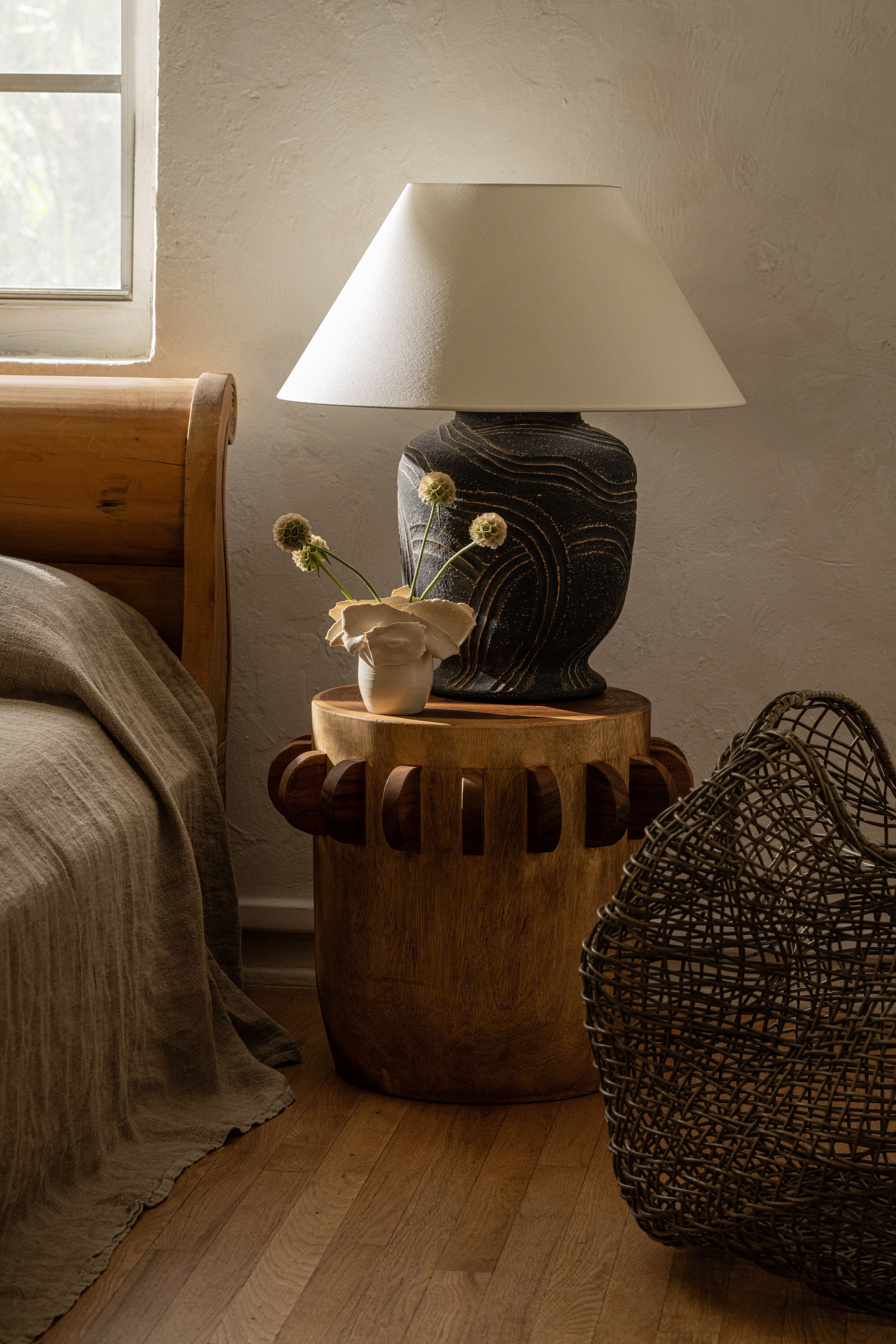
The Pecola Table Lamp is one of the lamps Carmen Nash designed for Troy Lighting as part of her Folk and Flora Collection
Many aspects of the collection address geography, "like the 'Palma' lamp, which references the palm trees ever-prevalent in the area", explains the designer. Other local traditions are explored too, "such as the sacredness of baptism in my culture", she says. If her personal story underpins much of the thematic essence of the collection, the carefully handwoven shades that define it enabled her to capture the striking imaginativeness that originates from working in close interaction with the materials.
Emerging from an ingeniously balanced contrast between smooth and rough surfaces, as well as from the encounter of linear and fantastical shapes, Nash's Folk and Flora lamps pay homage to Black folk art without feeling overly referential. Quite the contrary, they seem to exist in a dimension of their own; a place which, envisioned by their creator as a celebratory nod to the African-American makers that preceded her, elevates Black creativity to new and uplifting, ethereal realms.

Price: $560.50
Material: Shade: String. Finish: Natural
Available finishes: Patina Brass/Ceramic Graphic White (SBK/CGH)

The Seyla Table Lamp is one of the lamps Carmen Nash designed for Troy Lighting as part of her Folk and Flora Collection
"My collaboration with Troy Lighting is certainly one of the proudest curations of my design career," Nash tells me. "It renders the full picture of me as an artist, designer, and storyteller while also integrating the most refined material selections and finishes." Informed by the considerations that went into the translation of the ancestral stories at its core into a three-dimensional product, the variety of textures, patterns, and forms presented in the collection is meant to embrace the needs of different living spaces, fully adapting to the soul of the buyer's home.
A devoted believer in the sentimental connection that binds objects to their owners, the Sunshine State dweller doesn't merely gravitate towards aesthetically pleasing furniture, but wants homeware to awaken something deeper inside those who purchase it. In that sense, she picks prolific American designer Kelly Wearstler as her ultimate role model. "Wearstler is such a visionary in the way she tells stories with the furnishings she designs and uses in her interiors," Nash says. "The materiality of her pieces, coupled with the unique vintage and art she layers into her projects, always enraptures and tantalizes the senses."

Despite being aware of the challenges posed to bespoke design by industrially manufactured furniture, Nash has reasons to think this won't be the end of craftsmanship. "My hope is that artisans will be able to continue to collaborate with each other to grow their brands and products and build a stronger base of collectors," she says. While nock-offs in the mainstream space can certainly be detrimental to independent businesses focused on handmade goods, the designer believes craftsmen should persevere in striving to be the frontrunners in the conception of original designs.
To her, the answer is in the details — "authenticity always shines through in a sea of same-ness," she says.

Gilda Bruno is Livingetc's Lifestyle Editor. Before joining the team, she worked as an Editorial Assistant on the print edition of AnOther Magazine and as a freelance Sub-Editor on the Life & Arts desk of the Financial Times. Between 2020 and today, Gilda's arts and culture writing has appeared in a number of books and publications including Apartamento’s Liguria: Recipes & Wanderings Along the Italian Riviera, Sam Wright’s debut monograph The City of the Sun, The British Journal of Photography, DAZED, Document Journal, Elephant, The Face, Family Style, Foam, Il Giornale dell’Arte, HUCK, Hunger, i-D, PAPER, Re-Edition, VICE, Vogue Italia, and WePresent.
-
 The Weighted Blanket That Doesn’t Make You Sweat (and the Eye Mask to Match)
The Weighted Blanket That Doesn’t Make You Sweat (and the Eye Mask to Match)Luxury has weight. And apparently, volcanic minerals
By Julia Demer
-
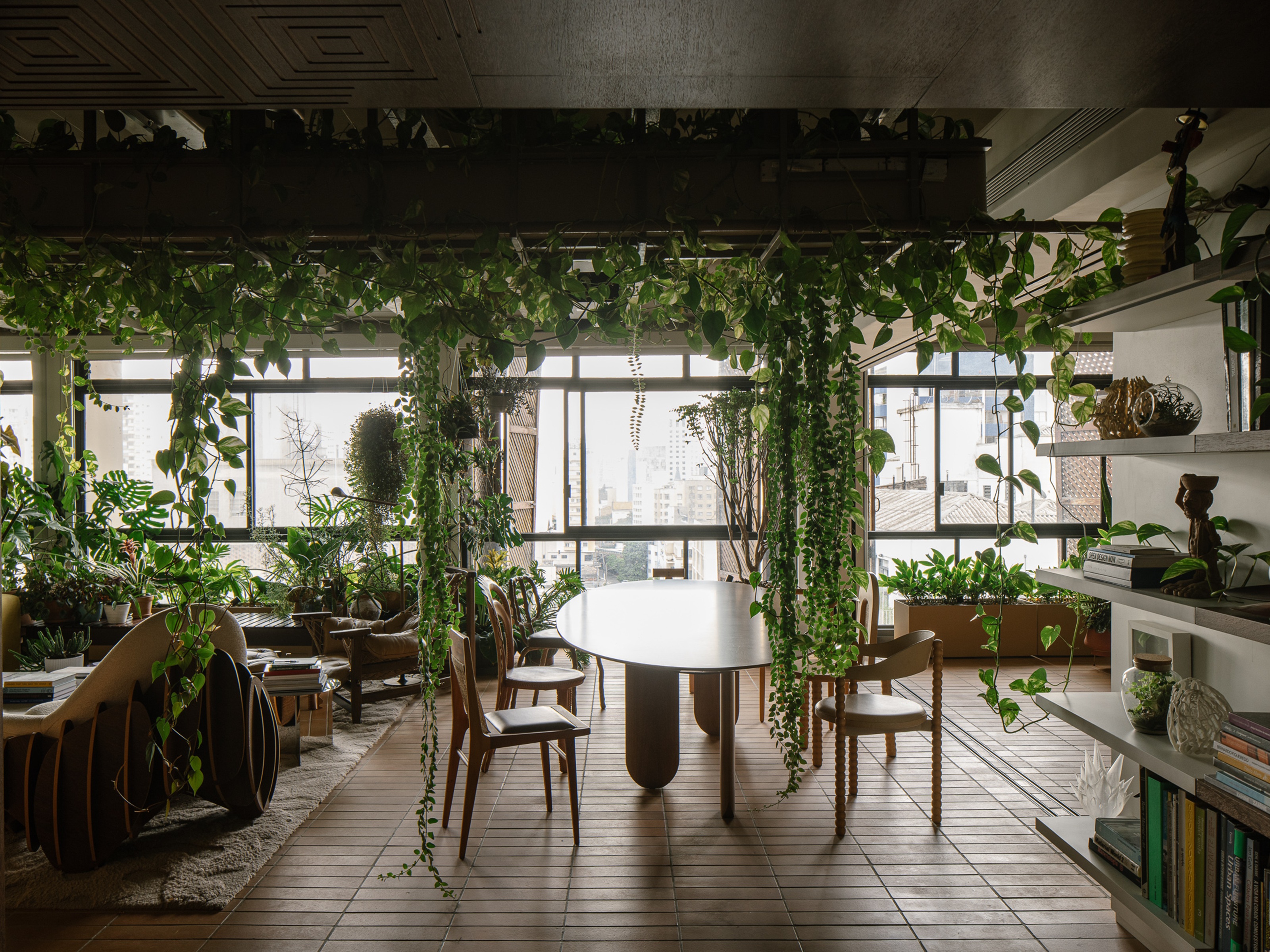 What Is Biophilic Interior Design? I'm an Actual Biophilic Designer, and This Is How to Apply It to Your Home
What Is Biophilic Interior Design? I'm an Actual Biophilic Designer, and This Is How to Apply It to Your HomeA biophilic designer explains the core principles of this practice, and the easy ways you can apply it to your home's design
By Marianna Popejoy
-
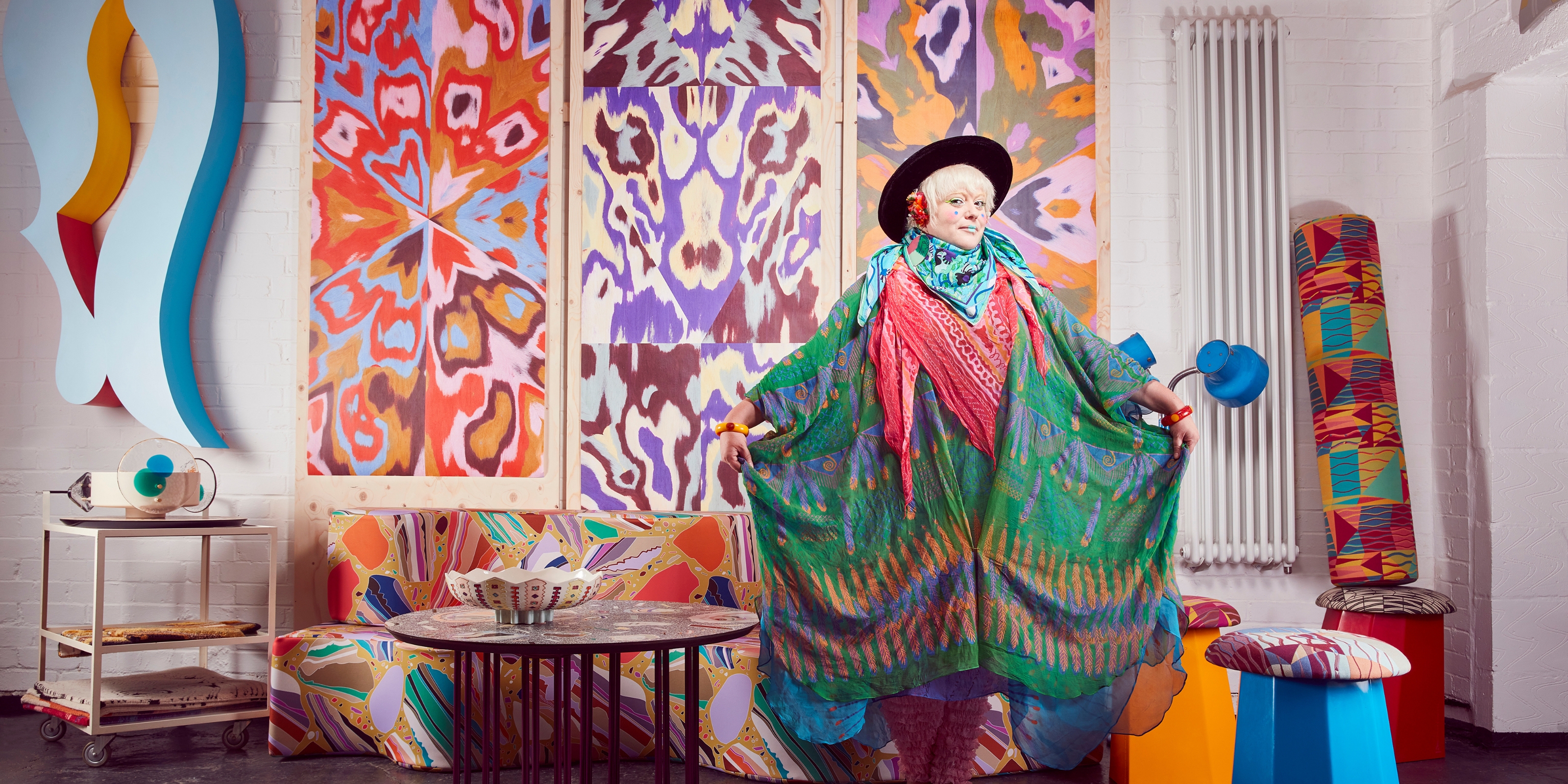 Bethan Laura Wood — "I Want to Make Things That Reward and Uplift You the More Time You Spend With Them"
Bethan Laura Wood — "I Want to Make Things That Reward and Uplift You the More Time You Spend With Them"As her debut UK solo exhibition continues at London's Design Museum, the designer welcomes us into her hypnotic Hackney studio to talk her layered vision of craft, its power to bring joy, and spark conversation
By Gilda Bruno
-
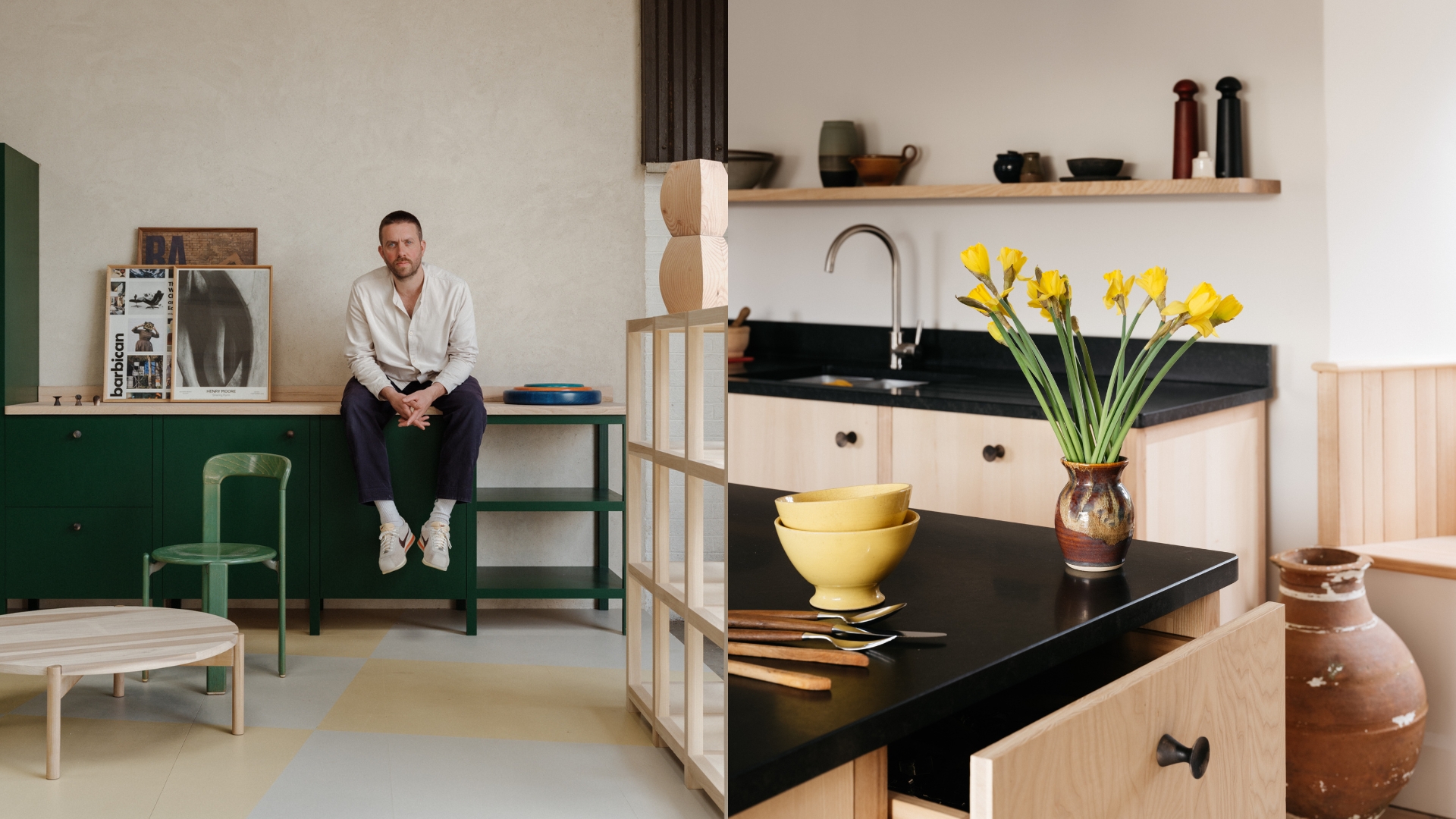 This Somerset Designer is Making "Circular" Furniture That Will Live Forever — and Find a New Home When You Let It Go
This Somerset Designer is Making "Circular" Furniture That Will Live Forever — and Find a New Home When You Let It GoWilliam Floyd Maclean's new modular wooden furniture brand, Somer, creates pieces that can be disassembled and sold once you are ready to move on, making homeware more sustainable, interactive, and fun
By Gilda Bruno
-
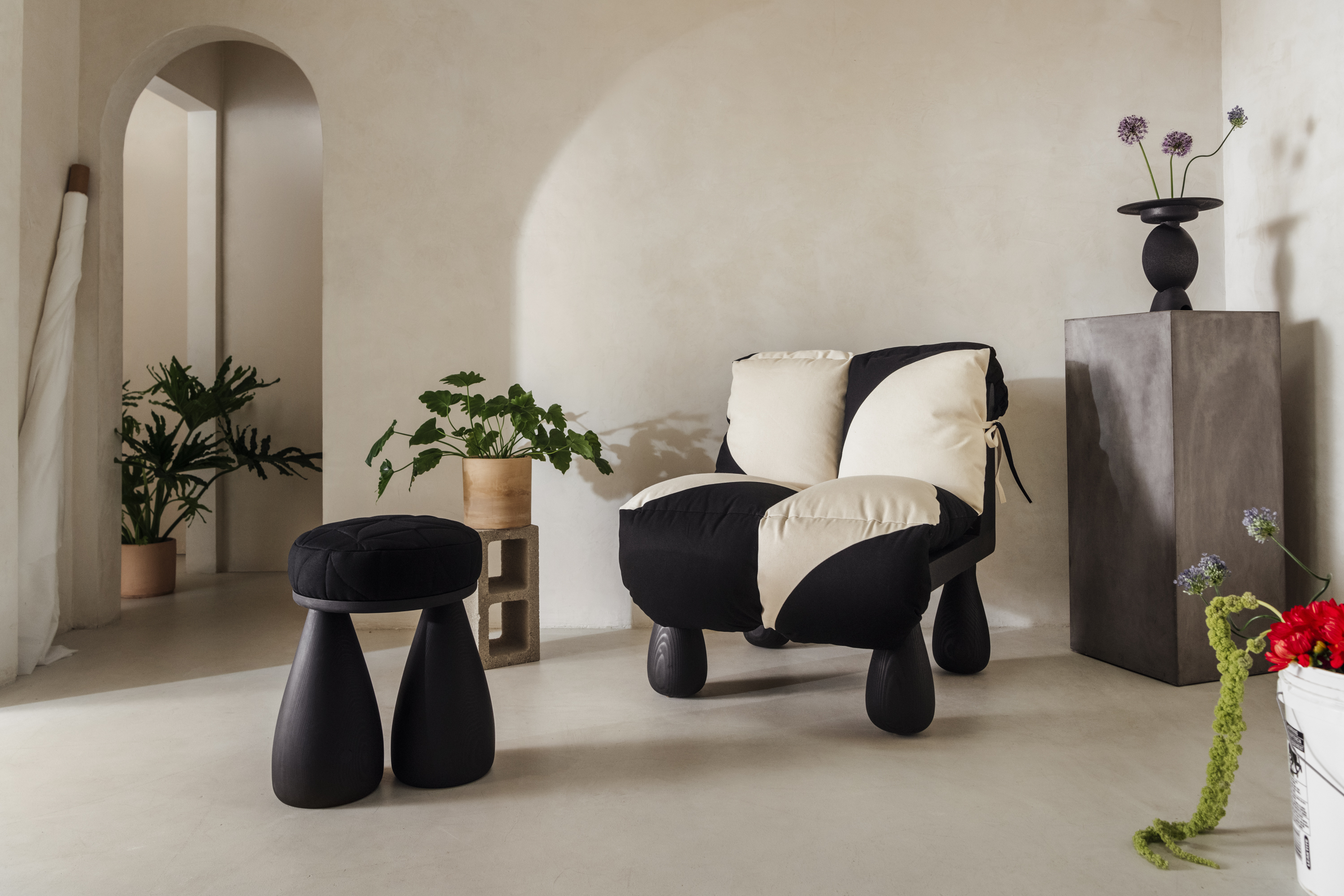 Designers Are Craving Softness in Decor — It's the Search for "Warmth" and "Peace" for Homes
Designers Are Craving Softness in Decor — It's the Search for "Warmth" and "Peace" for HomesPlump, comforting shapes are taking over the design scene, championed by industry stalwarts and newcomers alike. So, is it a coincidence or a symptom? We ask two rising studios
By Gilda Bruno
-
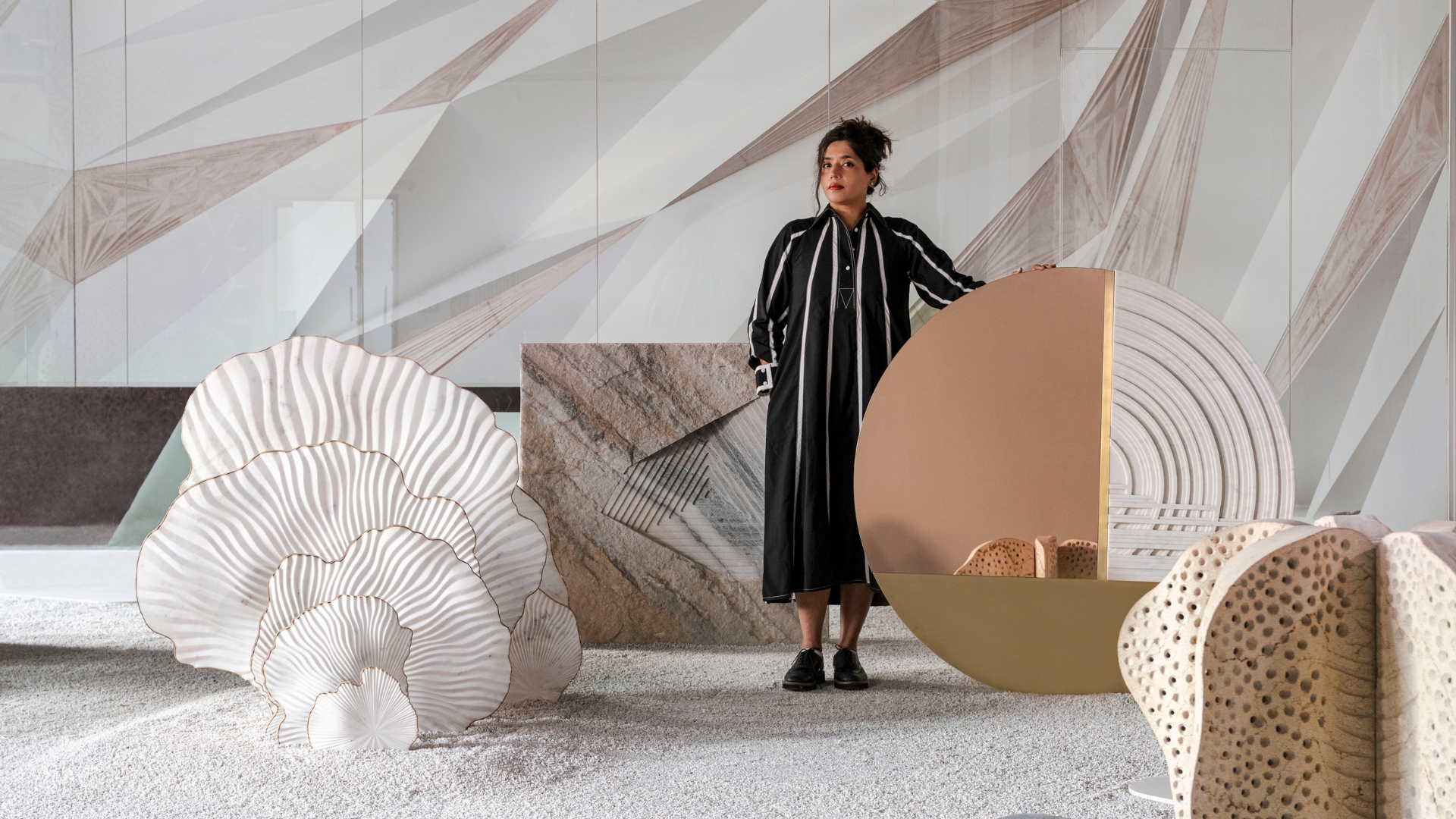 Inside Borrowed Earth Collaborative's Workshop — Where Spectacular Stone Surfaces Bring the Outdoors In
Inside Borrowed Earth Collaborative's Workshop — Where Spectacular Stone Surfaces Bring the Outdoors InWith artist and entrepreneur Ruchika Grover at its helm, the Los Angeles-based tile, panel, and brick producer turns walls into textural masterpieces, adding a touch of wilderness to interior decor
By Gilda Bruno
-
 Leonard Bessemer is the Burgeoning LA Furniture Maker Crafting Fancifully Playful Objects That Will Put a Smile on Your Face
Leonard Bessemer is the Burgeoning LA Furniture Maker Crafting Fancifully Playful Objects That Will Put a Smile on Your FaceFrom engineering and studio art to carpentry, the Objects for Objects founder's path might seem unconventional, but his cartoony works prove there are no rules in creativity — and that great furnishings can also be fun
By Gilda Bruno
-
 An Ode to Her Lebanese Roots, Danya Ahmed's Hand-Sculpted Planters Unite Poetry and Brutalism
An Ode to Her Lebanese Roots, Danya Ahmed's Hand-Sculpted Planters Unite Poetry and BrutalismAfter relocating from Ohio to Lebanon in search of a "softer, natural existence", the artist found in cement plant vases an opportunity to connect with the environment around her
By Gilda Bruno
-
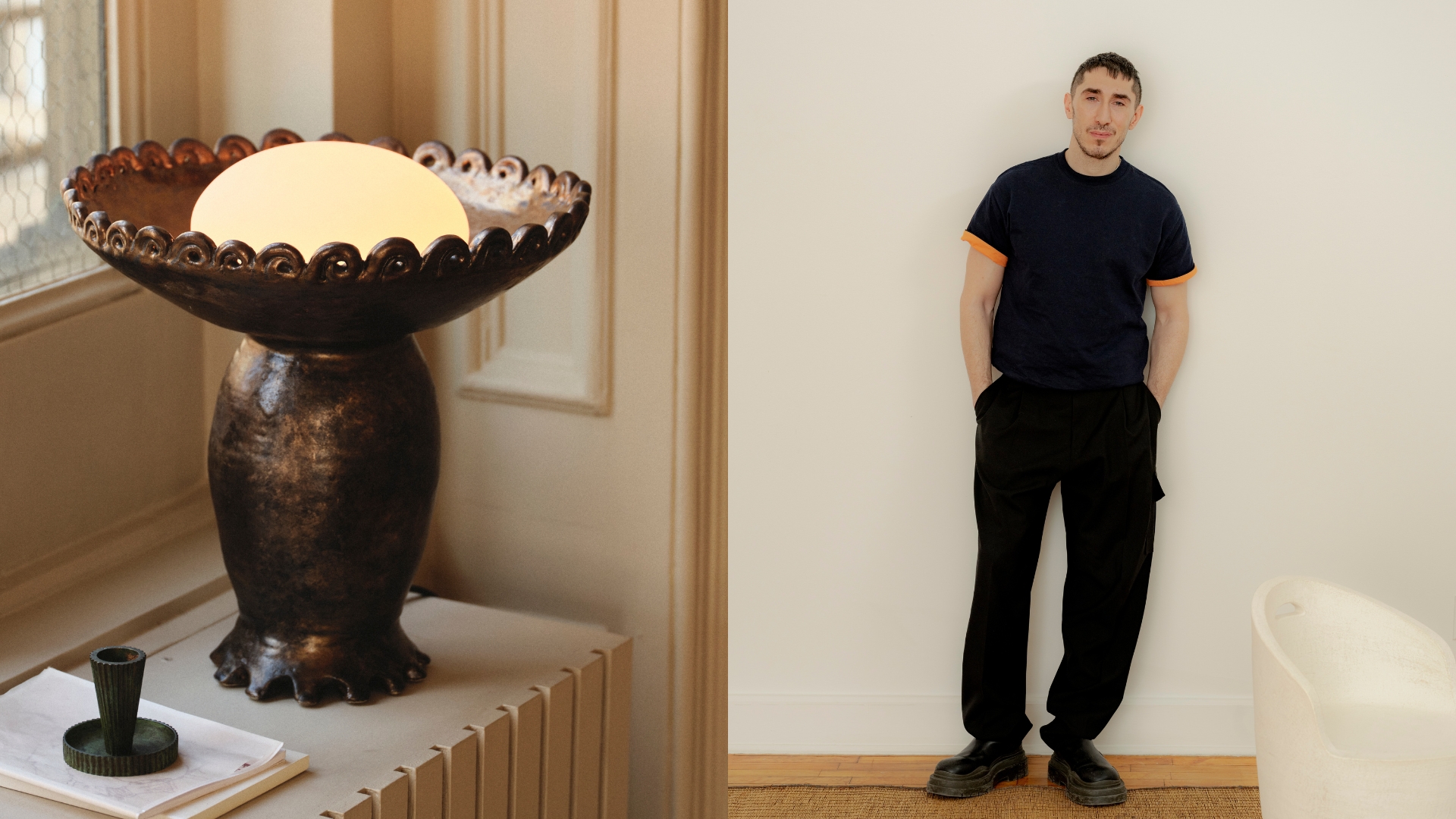 New York Ceramicist Danny Kaplan is Pushing the Craft in New, and Unexpected, Directions
New York Ceramicist Danny Kaplan is Pushing the Craft in New, and Unexpected, DirectionsDrawing on centuries-spanning, intercontinental inspirations, the French-American furniture maker creates elegantly designed items that marry function with form
By Gilda Bruno
-
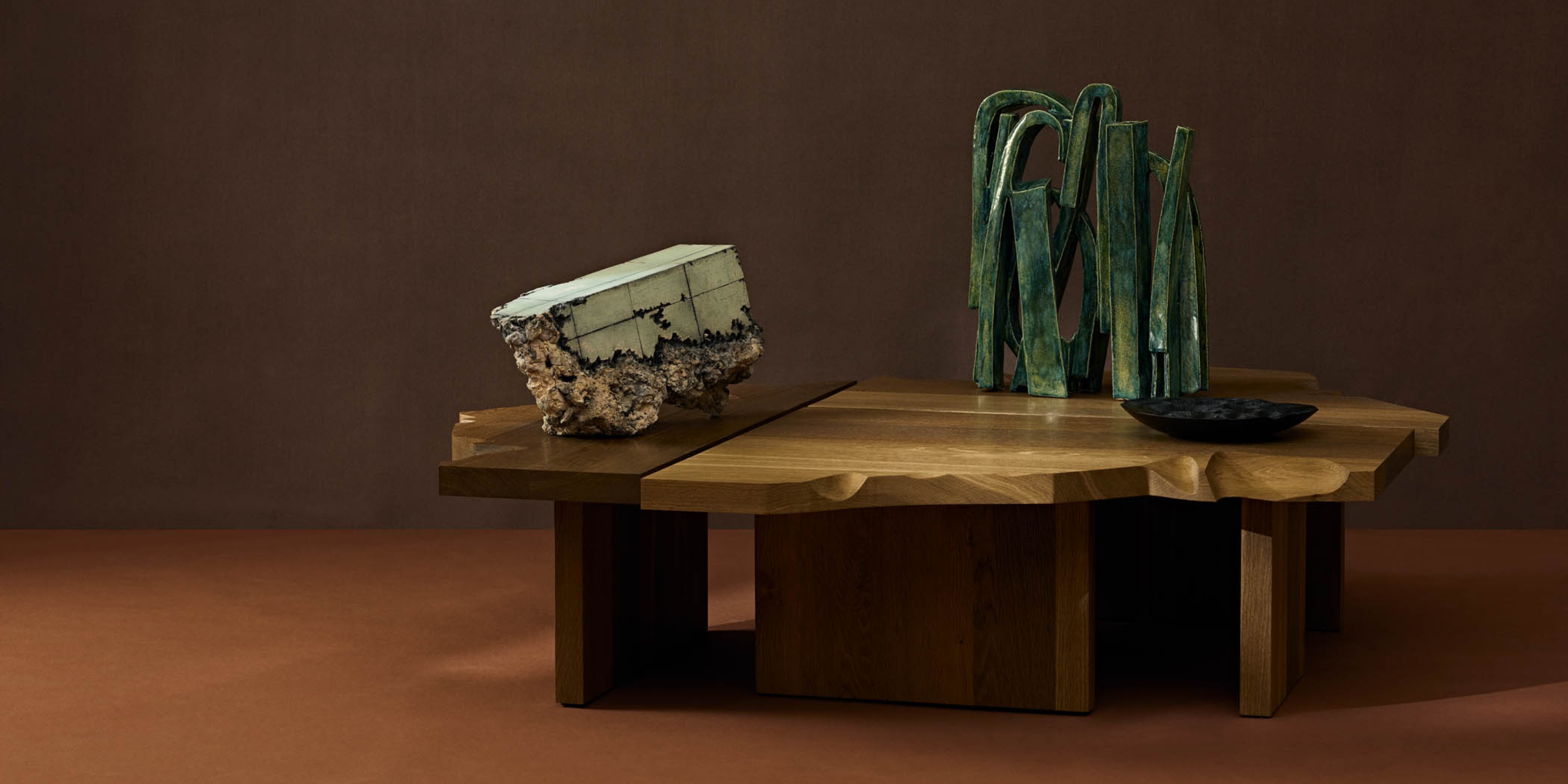 The Best London Exhibitions — 10 Art and Design Shows on Our Culture Editor's Agenda This Spring
The Best London Exhibitions — 10 Art and Design Shows on Our Culture Editor's Agenda This SpringFrom anticipated photography retrospectives to electrifying surveys tracing the rise of British pop culture and avant-garde design installations, here's our curated cheat sheet to the latest London events
By Gilda Bruno